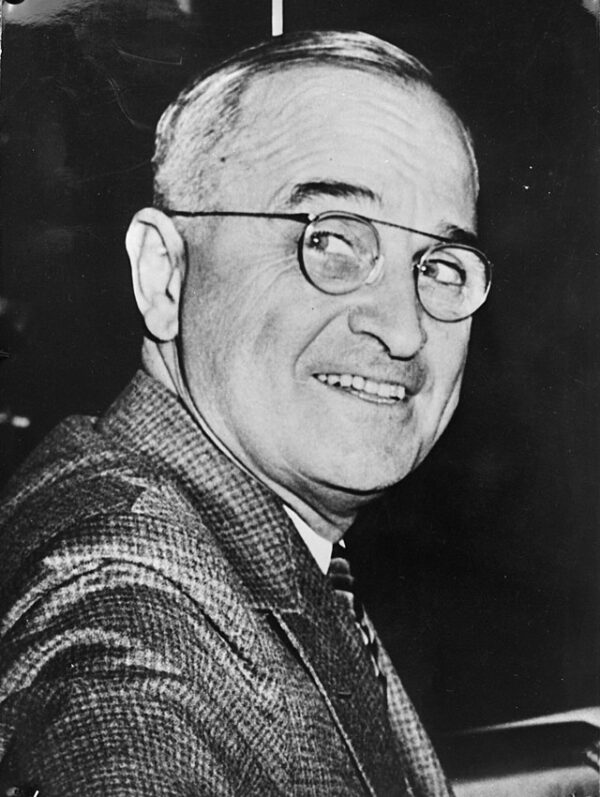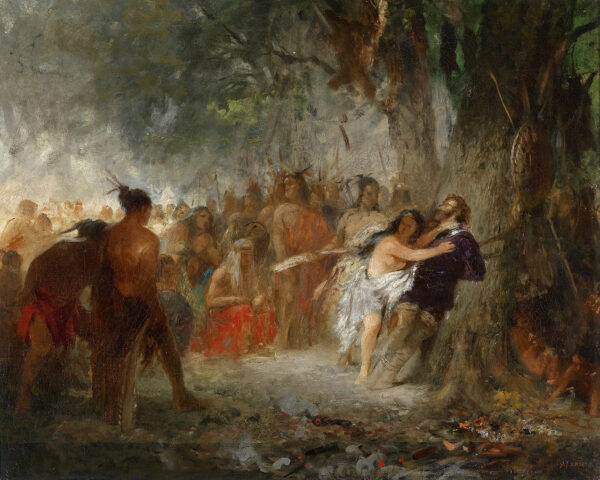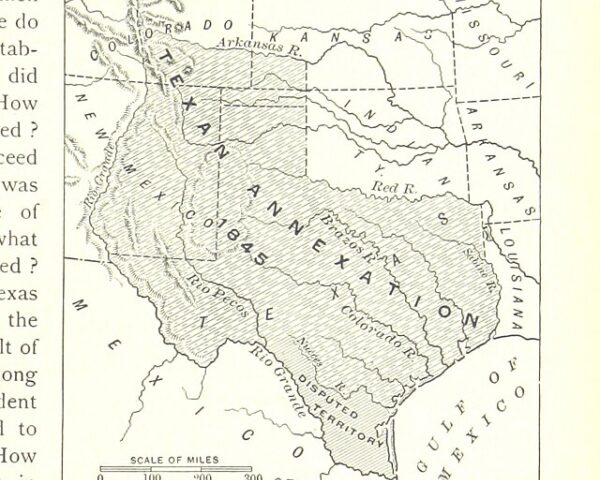On August 25, 1950, as the Korean War raged overseas, the United States faced a critical threat on the home front—a looming nationwide railroad strike that could paralyze the nation’s transportation network and cripple the war effort. Recognizing the catastrophic impact such a strike could have on military operations and the economy, President Harry S. Truman took a bold and unprecedented step. To avert this crisis, he ordered Secretary of the Army Frank Pace to seize control of the nation’s railroads, ensuring that trains would continue to run and essential supplies would reach their destinations.
The decision came at a time when labor tensions were escalating in the United States. The railroad workers, represented by powerful unions, were demanding better wages and working conditions. However, railroad management resisted these demands, arguing that the nation’s wartime needs required maintaining strict cost controls. With negotiations stalled, the unions set a strike deadline that threatened to bring the country’s transportation infrastructure to a standstill.
President Truman, who had dealt with significant labor disputes during his presidency, understood the potential consequences of a nationwide strike. Such a disruption would not only hinder the movement of troops and military supplies but also cause economic chaos and undermine public confidence in the government’s ability to manage the war effort. A strike at this juncture would also embolden critics both at home and abroad, potentially weakening Truman’s leadership at a time of global crisis.
In response to this imminent threat, Truman invoked his executive authority under the Transportation Act of 1940, which allowed the federal government to take control of transportation systems during times of war or national emergency. On August 25, 1950, he issued an executive order directing Secretary Pace to seize the railroads and ensure their continued operation. The government’s swift takeover effectively neutralized the strike threat, as the unions were now negotiating with the federal government instead of private management.
The seizure of the railroads was a decisive move that kept the trains running and prevented a major disruption during a critical period. However, it also sparked controversy. While some lauded Truman for his strong leadership in a time of crisis, others criticized the move as an overreach of executive power. Labor unions, in particular, were dismayed, viewing the intervention as a blow to their bargaining power.
Despite the controversy, the immediate crisis was averted. The federal government’s control over the railroads ensured that military and economic needs were met without interruption. In the weeks following the seizure, negotiations between the unions and the government continued, eventually leading to a settlement that addressed some of the workers’ demands while maintaining the railroads’ essential operations.
Truman’s decision to seize control of the railroads on August 25, 1950, remains a pivotal moment in American history. It highlighted the complexities of balancing national security with labor rights and underscores the extraordinary measures sometimes required during times of war. This intervention not only averted a potentially devastating strike but also demonstrated the federal government’s resolve to maintain stability and support the war effort at all costs.






